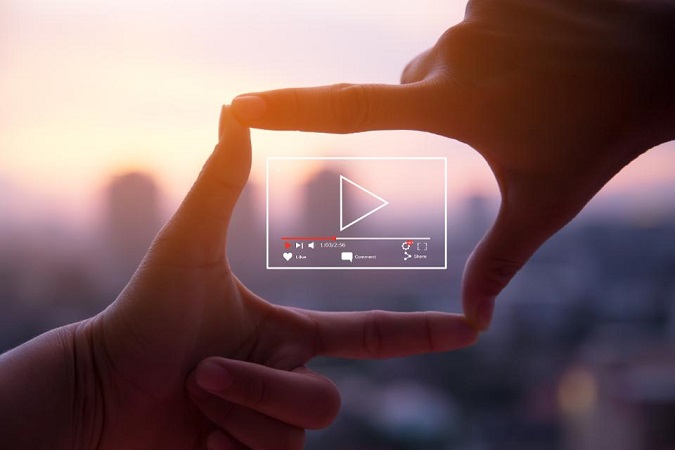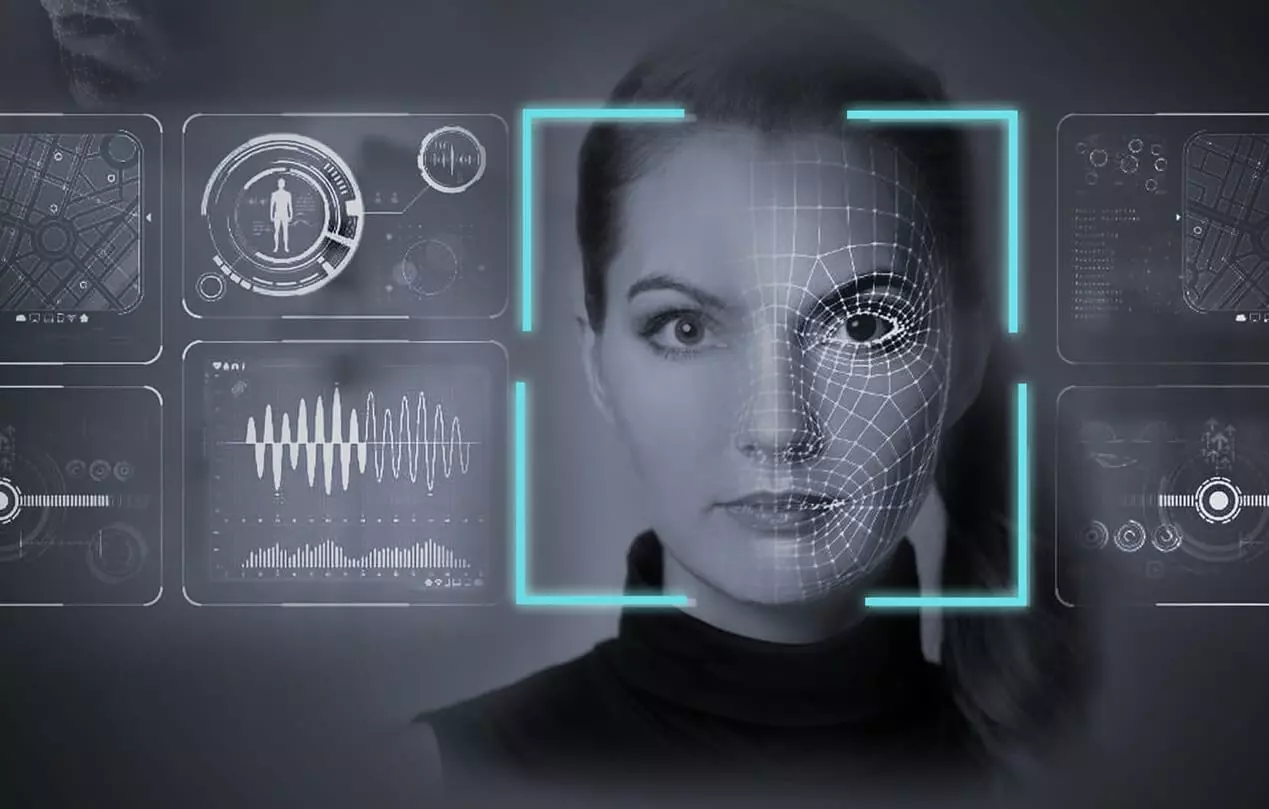The impact of artificial intelligence (AI) is about to transform the world as we know it. As it is considered the technology that is going to redefine the 21st century, it is natural that its implementation and development seek to break into the creation of video content, one of the most powerful formats on digital platforms, which currently has an estimated audience. 284.1 million people, only in Latin America.
The foregoing can be seen, for example, from the development that cell phone cameras have had, some applications aimed at creating filters, to facial recognition and other features that are transforming the aesthetics of the digital world. The topic goes a step further when we talk about advertising.
Mayra Contreras, Country Managing Director for Mexico at Teads, the global media platform, mentioned that artificial intelligence is a tool that is transforming the digital landscape, by promoting greater personalization when dialoguing with the client.
"The technology that we develop from our platform is focused on the use of algorithms that imitate the neural networks of the human brain, which allows video publishing tools to recognize and act on abstract patterns, thereby approaching directly the user according to their tastes and preferences ”, he explained.
According to the expert, AI allows the ideal creative approach to be assembled for the right person, at the right time and in real time. In this way, the user obtains unique content, directed specifically at him, through a more interactive and personalized advertising strategy. These features make it less invasive for the user and much more effective and safe for advertisers.
The next step is to take advantage of the moment of development that the AI is having in the field of the relationship of the advertisers with the user, and to risk making conversational content, that is, to start a direct dialogue right there, through a digital assistant. This will allow the advertising model to expand thanks to the interaction it generates between both parties.
“An example of this is the campaign that was developed for Tommy Hilfiger, which adds a chatbot that serves as an assistant, a tool that the user gets more and more used to and that makes their experience more personal, as it is as if they Go straight to the store to ask about any of the products that interest you, "said Mayra Contreras.
“The result in that campaign was that the user spent more time interacting with the tool, on average one minute 45 seconds, much more than the 15 seconds that a regular promotional video lasts. An advantage that is hardly possible with conventional digital tools ”, he concluded.


